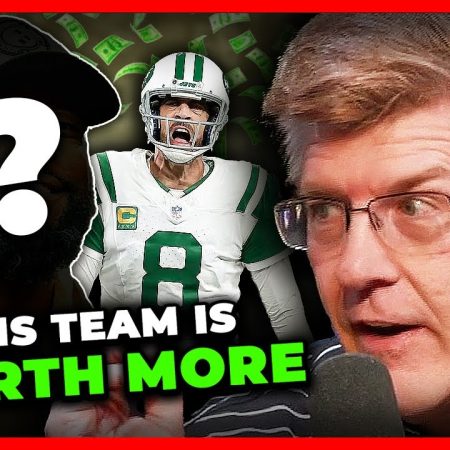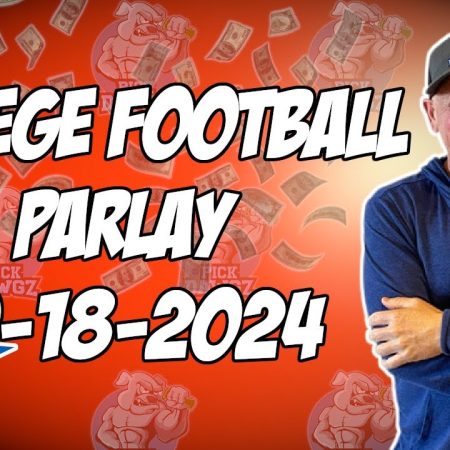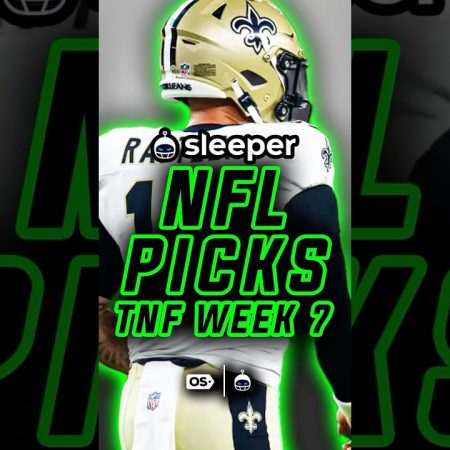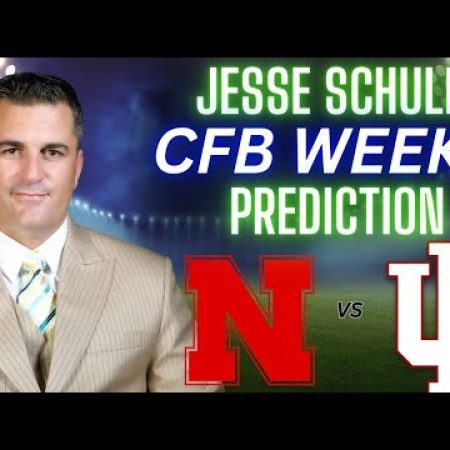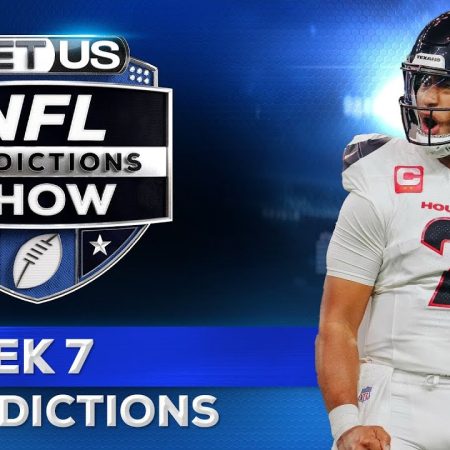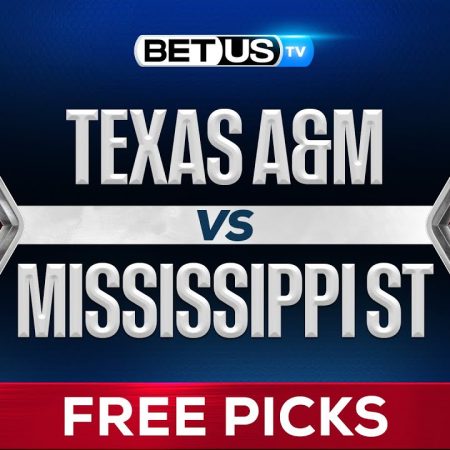Video Summary
A fundamental concept in sports betting is the idea of “public money” versus “sharp money.” Public money refers to the majority of bets placed by average bettors, while sharp money is the smaller amount wagered by experts, also known as “wise guys” or “pros.” In the NFL, for example, if 70% of bets are on the Steelers, the public money is on the Steelers, but if only 45% of the money is on the Steelers, it suggests that there is value on the Bengals.
In the 2017-2020 seasons, underdogs covered the spread 63.8% of the time when the favorite received more than 60% of the bets. Sharp bettors are known for their expertise and often have a better understanding of the market, which allows them to find value where others can't.
There are several ways to identify sharp money in sports betting, including steam, reverse line movement, and line freeze. Steam occurs when a sudden flood of smart money moves a line across multiple books, often due to betting groups or high-volume bettors. Reverse line movement is when the line moves in the opposite direction of the majority of bets, suggesting that sharp money is coming in on the underdog. A line freeze occurs when the point spread remains stagnant despite one side receiving a large majority of the bets.
By understanding public money versus sharp money, sports bettors can identify value and make more informed decisions. By recognizing when sharp money is coming in, bettors can potentially exploit mispriced markets and increase their chances of success.
Public Money vs Sharp Money in Sports Betting Host Gary Segars walks bettors through the difference in Public Money and Sharp …
Public Money vs Sharp Money in Sports Betting Host Gary Segars walks bettors through the difference in Public Money and Sharp …








